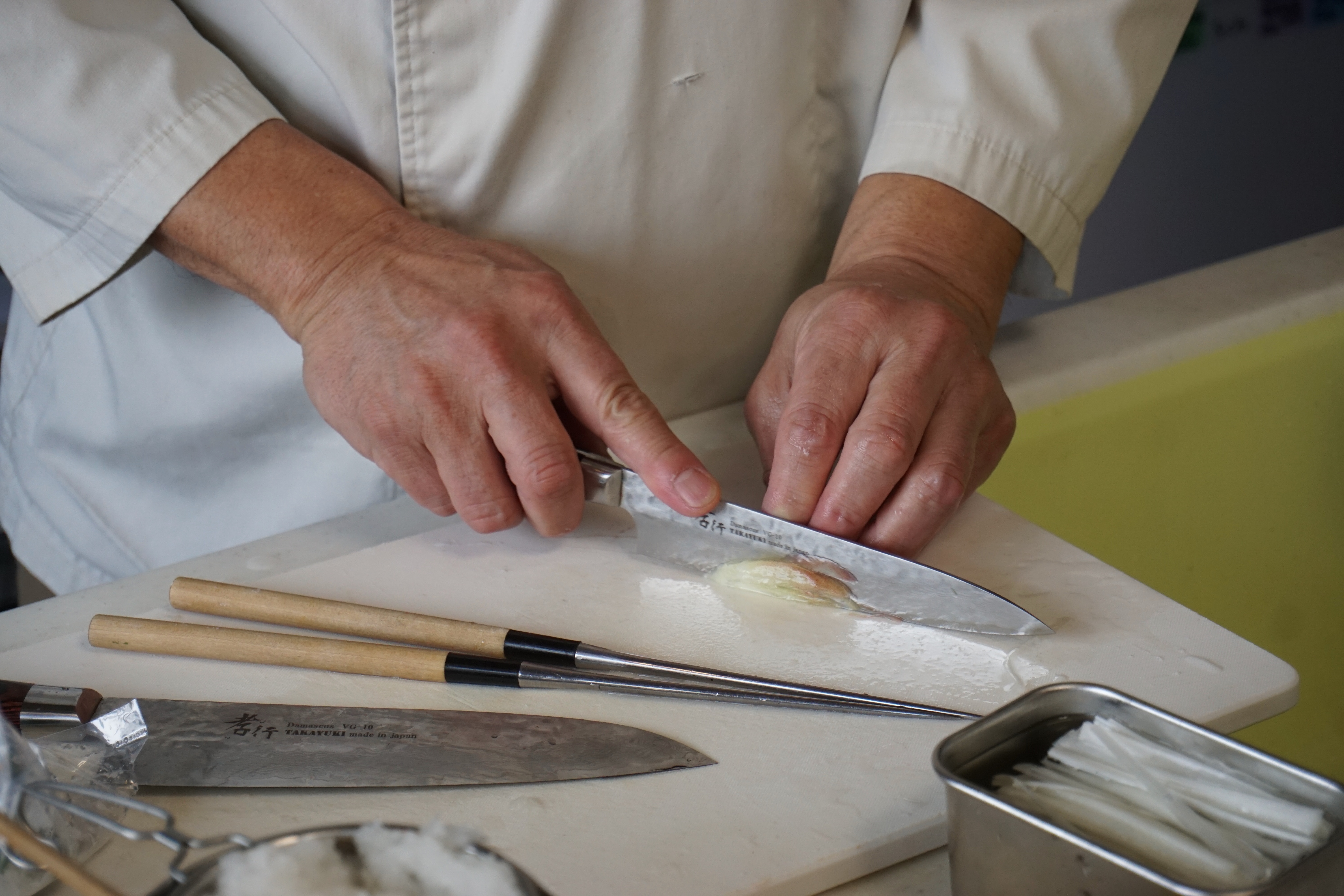The Anatomy of A Knife
Posted by Derek Swanson on 29th Aug 2023

A knife is one of the most essential tools, and having a good quality knife can greatly improve your experience in any task you’re working on. A great knife should have a sharp blade that cuts through material easily and precisely; it should also be comfortable to hold and use.
There are several parts that make up the anatomy of a knife:
Blade
The blade is the working end of the knife and is generally made up of a steel that has been heat treated for strength and durability. The shape of the blade can be straight or curved depending on its purpose. The edge, which is the cutting surface, must be sharpened regularly to keep it performing at its best. Blades are usually accompanied by a bolster or finger guard to protect your hands when using the knife.
Handle
The handle of a knife is what you hold onto when cutting with it. It should be comfortable for your hand and made from materials that won't slip in wet or greasy conditions. Handles can come in all sorts of shapes and sizes, but they are typically made from wood, plastic, or metal. Some also have a pocket clip attached to them for convenient storage.
Tang
The tang is the unsharpened part of the blade that extends into the handle and helps to secure it in place. It can either be full-tang (extending completely through the length of the handle) or partial-tang (only extending part of the way). The size and shape of the tang will usually depend on the type of knife it is used in. Learn more about full-tang knives with our recent blog,Cut Through the Confusion: What Is a Full Tang Knife?
Pommel
The pommel is a small piece at the end of the handle that helps to keep your hands from slipping off during use. It can be made from metal, plastic, or other durable materials and is usually designed to match the style of the handle.
Guard
The guard is a piece of metal that acts as protection between the blade and handle. It can be curved, straight, or even hollowed out depending on the design of the knife. This prevents your hand from slipping forward onto the blade while using it.
—
These are the main components that make up a knife, but there may be more depending on the type of knife you have. Understanding how to properly use and care for your knife is essential for safe and effective cutting. Be sure to check out ourKnife Maintenance Guide for tips on how to keep your blade sharp and in top condition!
